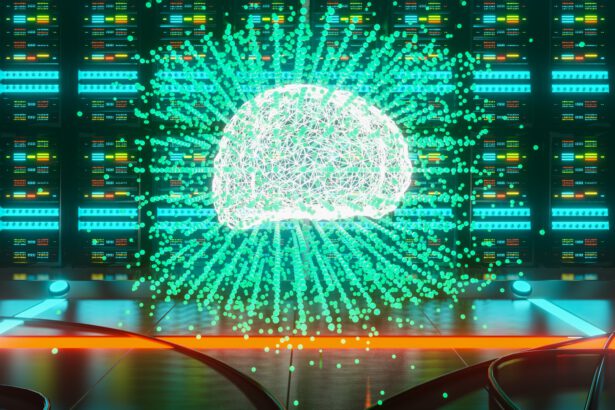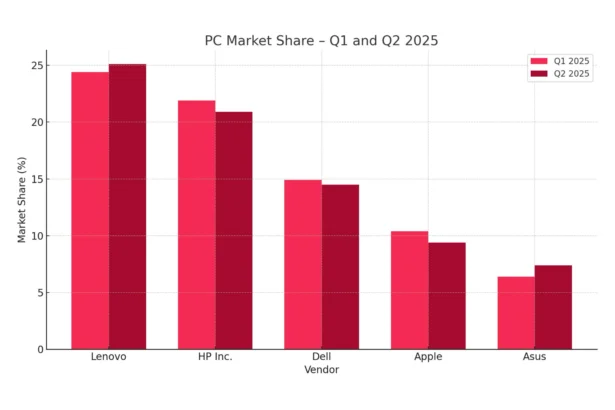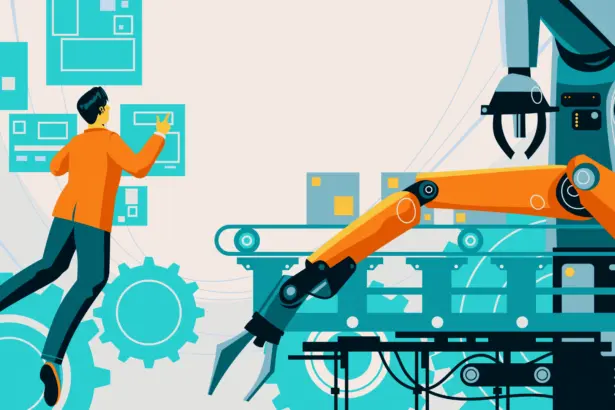A new report by researchers from Microsoft Research and OpenAI analyses the real-world impact of generative AI on 800 professions, based not on predictions, but on data from hundreds of thousands of user interactions with tools like Copilot. The result? The result is a list of 40 occupations where AI is already doing a significant amount of the work – and these are not just the classic ‘knowledge workers’.
What is the AI Applicability Score?
The researchers collected more than 200,000 real-world queries from users using Microsoft’s Copilot. From this, they created a classification of the professions that most frequently use AI as a support – or whose tasks AI has already taken over.
The AI Applicability Score shows how often users in an occupation delegate tasks to generative AI – such as writing, translation, content creation or consulting. Unlike previous predictive models, this report is not based on expert assessments, but on real data from the use of AI at work.
The higher the score, the greater the proportion of tasks performed in the profession can be handled by AI. At the top of the ranking, we find many tasks related to communication, writing and working with text.
Top 40 professions vulnerable to AI
At the top of the list were occupations where AI performs between 80 and 98 per cent of typical tasks:
- Interpreters and translators (0.98)
- Historians (0.97)
- Writers and authors (0.95)
- Reporters and correspondents (0.94)
- Mathematicians (0.92)
- University lecturers (English, history, communication)
- HR specialists
- Education and career counsellors
- Data analysts
- Internet marketing specialists
Occupations requiring content creation, information interpretation or communication support dominate the list. Interestingly, many professions from education and HR – fields traditionally seen as resistant to automation – were also included.
Why exactly this competition?
Generative AI – such as ChatGPT or Copilot – is designed to process and generate natural language. Professions that involve writing, summarising, translating or advising are therefore natural environments for such tools. Importantly, it is not just about repetitive tasks – AI can also generate analysis, summaries and contextualised responses, allowing it to support journalists, analysts or academics, for example.
Example? In the case of translators, AI does much of the work: from automated translations to text editing and language proofreading. Similarly, in education – AI supports the preparation of materials, the creation of quizzes and even grading.
Replacement or support?
The report emphasises that in most cases AI does not replace humans, but supports them as a so-called copilot* This means a shift in the role of the worker – from executor to creator, editor and decision-maker.
For example, a journalist can use AI for initial research and a teacher to generate lesson material. In both cases, a human is still responsible for content value and context, but the time to prepare the material is significantly reduced.
Who doesn’t need to worry (yet)?
At the other end of the spectrum are occupations whose nature requires physical action, direct contact or precise control of the environment – such as massage therapists, machine operators, technical staff or medical caregivers.
AI in its current form is unable to manipulate objects in the physical world or take over manual tasks. Therefore, these professions are relatively immune for now – although developments in robotics may change this.
The report also shows an interesting correlation: the higher the salary and level of education in an occupation, the higher the AI applicability score. This reverses the previous narrative that automation was mainly supposed to be about manual or repetitive work.










